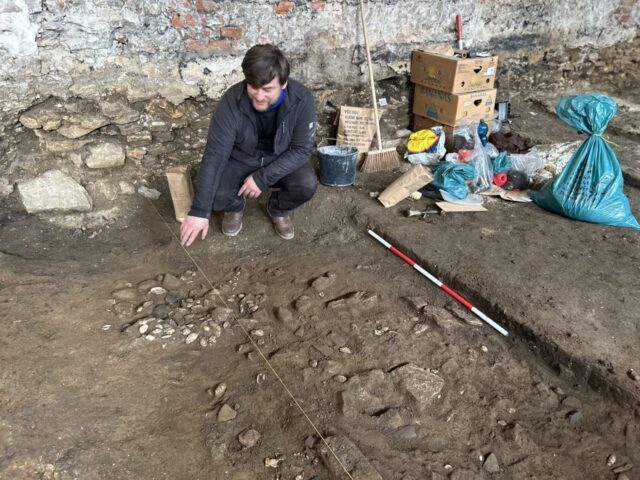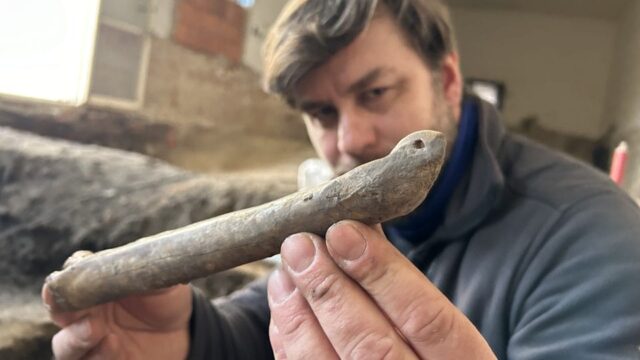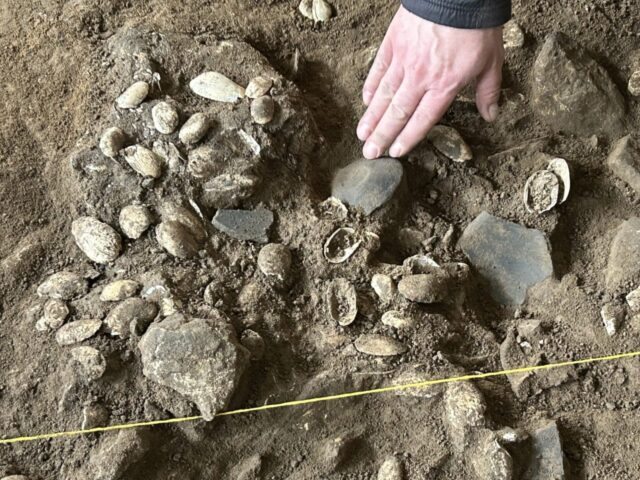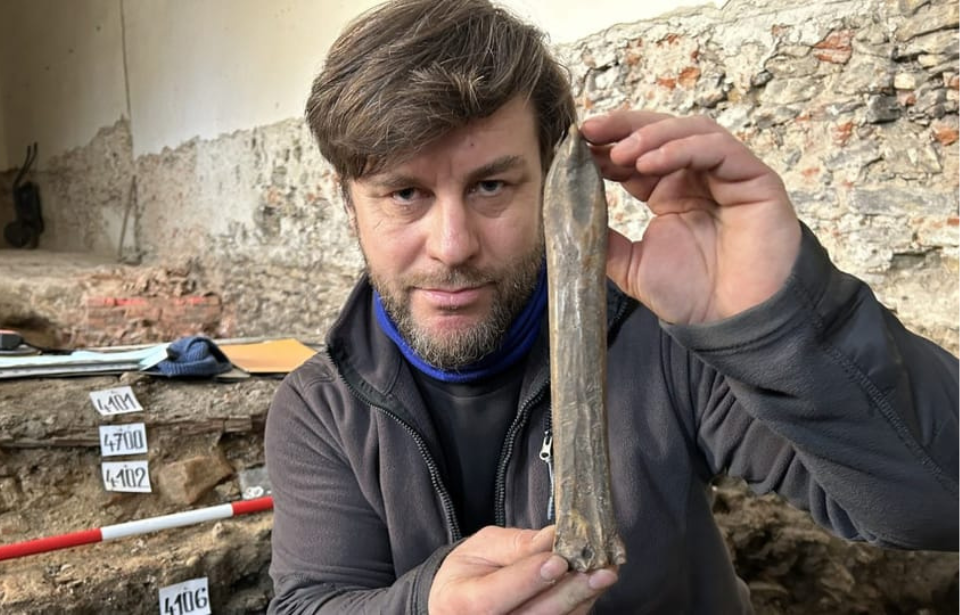When archaeologists set out on several excavations in the Czech Republic, they were hopeful they would find something of historical importance. Their instincts were correct, as they stumbled upon a 1,000-year-old artifact in an unexpected place. Much more is still to be determined about the artifact, but the find itself is remarkable.
Archaeologists were digging for a bigger project
Archaeologists of the Comenius Museum have been organizing digs throughout the Upper Square in the Czech Republic due to its rich historical past. In particular, this area once featured an impressive hilltop fortress that stood during the 11th and 12th centuries.

“The Upper Square is located on a hill above the left bank of the River Bečva,” explained Zdeněk Schenk, an archaeologist on the project who spoke with Radio Prague International. “But at that time, the whole early medieval agglomeration, with the exception of the fortified square, was actually made of several smaller settlements located along the branches and the meanders of the Bečva River.”
“There was a very important fortress in the area of the Upper Square,” he continued. “It served as a stronghold for Polish King Boleslav the Brave, who occupied Moravia at the time and had his soldiers stationed there.” As a result of its rich history, the area holds a lot of potential for archaeological discovery, which is why the Comenius Museum began excavations there.
Discovering the ice skate
While excavating the basement of a home in Přerov, researchers made an incredible discovery – they found a 1,000-year-old ice skate. The condition it was in after all these centuries was thanks to the material it was made from: animal bone. Creating ice skates from animal bones was a common practice during the 10th and 11th centuries, especially in the colder areas of Europe. They believe that this particular bone skate was likely made from a horse shin bone, though it is still unclear exactly what animal it came from.

“The object has a specific shape,” Schenk said. “On one side, it is curved into a tip which has a hole drilled in it and there is another hole at the back. They were used to thread a strap through, which was used to attach the skate to a shoe or to a wooden sledge.”
The researchers believe that these skates weren’t used for recreation but rather for transportation. “Rather than skating, they would shuffle along the frozen surface with the help of a stick or two,” Schenk explained. “They would also attach the blades to sledges to carry a load of goods across the frozen water.”
They have a good idea of how old it is
The bone skate was found alongside several pottery fragments that have been helpful in dating the age of this incredible discovery. By determining the age of the pottery pieces, an educated time frame could be applied to the bone skate. Additionally, the researchers’ previous knowledge of bone skate production coincides with this time frame as well.

“We know of other similar pieces found in Central Europe and especially in north-western Europe, in Scandinavia,” Schenk said. “They mostly come from the same time frame as the one from Přerov and they are often found in 10th-century Viking settlements.”
More from us: ‘Exceptionally Rare’ Dinosaur Fossil Found in Maryland
Ultimately, the exact date of the bone skate has yet to be determined as there is a lack of biological remnants that could provide the true answer.
Check out our newest newsletter: “Today in History.” Get your daily dose of trivia, nostalgia, and fascinating facts directly to your inbox. Start your mornings off with a piece of history linked to the very day we send it. Always free and easy to cancel. Subscribe today and join us on a daily stroll through time.
